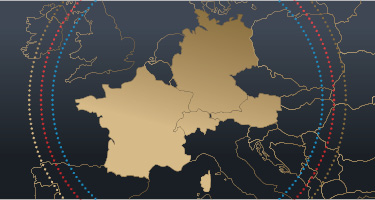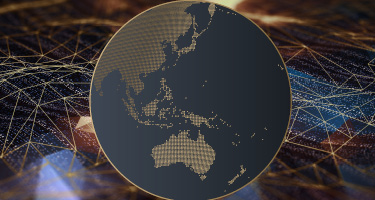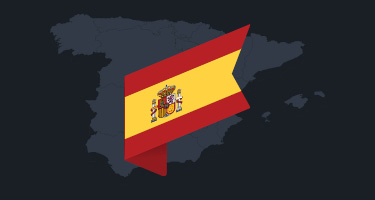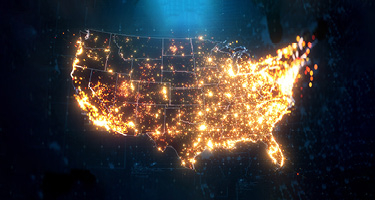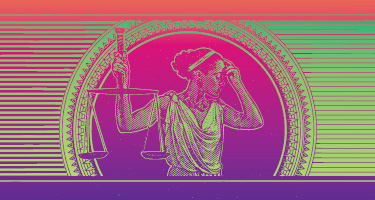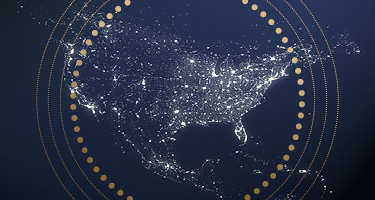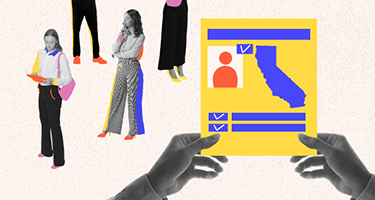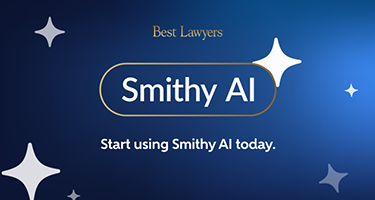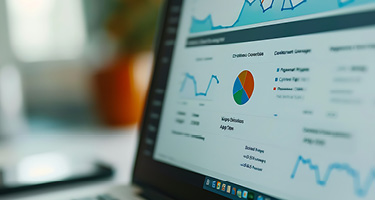The 2026 edition of The Best Lawyers in America® introduces Artificial Intelligence Law as a formal practice area, reflecting the growing number of attorneys focused on the legal dimensions of this rapidly advancing technology.
This new category includes lawyers working across intellectual property, compliance, litigation and strategic counseling. They help clients navigate emerging challenges while preparing for the legal landscape ahead.
Among the inaugural honorees are Dannon G. Allbee of Potomac Law Group, PLLC in Denver, Colorado and A.J. Bahou of Bradley in Nashville, Tennessee. Both bring distinct perspectives shaped by years of advising on cutting-edge technologies.
In our conversation, they shared their views on how AI law is taking shape, where guidance is most needed and how lawyers can influence the technology’s future.
When Technology Demands a New Legal Specialty
Artificial Intelligence Law is a practice area defined less by a single statute or code and more by the convergence of multiple disciplines: intellectual property, privacy, product liability, corporate governance, contract law and ethics.
The issues range from protecting inventions involving AI to setting the rules for algorithmic decision-making in healthcare, finance and public policy.
In practice, it requires both technical fluency and a deep understanding of how to adapt long-standing legal principles to unprecedented contexts. For clients, that means the difference between harnessing AI effectively and exposing themselves to legal, financial and reputational risk.
Questions That Didn’t Exist Five Years Ago
One of the clearest signs of how quickly AI law has emerged is the shift in client priorities.
Patentability and Protection
For Allbee, whose work focuses on patent portfolio development, clients often ask which aspects of AI—such as algorithms, training data, or model outputs—can be patented and how to describe these features so they meet legal requirements.

Addressing these questions frequently means anticipating how the technology might evolve and drafting claims with enough detail and flexibility to protect future advancements.
AI in the Patent Process
But the questions don’t stop at protection. Many are asking how to incorporate AI into the patent process itself—whether in drafting or prosecution—without compromising confidentiality. “Clients particularly want assurances that their confidential information will remain protected when using these tools,” Allbee notes, emphasizing the need for safeguards and output verification.
Data Recording and Discovery Risks
Bahou sees different but equally pressing concerns, including whether organizations should allow employees to record meetings and transcribe them with AI — a practice that can exponentially increase the amount of discoverable data in litigation.
Clients also question what policies to adopt if they allow limited meeting recordings. They want to know how long audio or video files should be retained and what happens if an AI-generated transcript contains errors.
Broad Compliance and Strategy Questions
The scope of client inquiries spans strategy, liability and compliance—covering everything from protecting data in AI environments to determining whether AI can be used in hiring or performance evaluation without running afoul of privacy and anti-discrimination laws.
Where Legal Guidance Is Most Urgently Needed
As AI moves into high-stakes environments, the demand for clear legal frameworks has never been greater.
Allbee stresses the importance of defining responsibility when AI makes consequential decisions, such as in autonomous driving: “It is crucial to determine whether the liability falls on the company that created the AI model, the manufacturer of the vehicle, the human driver overseeing the system, etc.”
He also calls for a collaborative regulatory approach involving “technically diverse public interest and advocacy groups” to set ethical standards that prioritize societal benefit.
Bahou focuses on organizational governance and vendor contracts. He points to the need for safeguards in AI tools before deployment, citing a recent incident in which a coding agent deleted a user’s database without permission — an example he describes as “Vibe Coding” going off the rails. When negotiating an AI vendor contract, he says, it’s important to ask why liability is limited and to ensure the agreement requires regular testing of the tool before it’s deployed. For him, mitigation starts with anticipating risks at the contracting stage.
Correcting Misunderstandings
Both honorees encounter misconceptions that can distort decision-making.
Bahou highlights a false assumption that speed and volume equal accuracy. “A common misunderstanding is assuming that a powerful tool is perfect,” he says. Because large language models draw from massive internet datasets, they can reproduce errors or outdated information just as easily as generating “made up” law.

That makes it critical for attorneys to review each case and confirm that citations are accurate and still valid. He notes that obligations like Rule 11 remain unchanged, lawyers cannot rely on AI outputs without independent verification.
Building on that, Allbee points to further misunderstandings. The first is a belief that AI is so different from other technologies, or such a “black box,” that existing legal frameworks don’t apply. He stresses that while adaptation is necessary, “the underlying legal principles still provide a solid basis for integrating AI into our society.”
The second is overestimating AI’s intelligence, since it generates answers by combining patterns from vast datasets rather than reasoning independently — an error that can fuel both undue trust and fear.
The Lawyer’s Role in AI’s Future
Looking ahead, both attorneys see the legal profession playing a decisive role in how AI is integrated into society.
Supervising AI in Practice
Allbee envisions lawyers acting not only as legal advisors but also as active supervisors of technology. In his view, attorneys will need to direct AI tools, review their outputs and ensure that results are accurate and responsible before they are relied upon in practice. He stresses that the profession must also safeguard the “human components of the law,” pointing to mentorship, judgment and professional growth as elements that no algorithm can replace.
Shaping Legal Standards for AI
Bahou places emphasis on how lawyers will shape the broader rules that govern AI. He points to ongoing copyright litigation as an example of the profession’s influence on future standards. “Lawyers should zealously advocate for a balanced approach to fair compensation while promoting the progress of AI development,” he explains. For him, the task is to ensure that legal outcomes neither stifle innovation with overly restrictive rulings nor allow unchecked use that exploits creators.
A Dual Responsibility
Together, their perspectives highlight a dual responsibility: guiding the responsible use of AI within the practice of law and setting the legal boundaries that will define how the technology evolves across industries.
A Practice Area for the Present and the Future
The debut of Artificial Intelligence Law in Best Lawyers is more than a recognition of current expertise. It’s an acknowledgment that AI is reshaping the legal landscape in real time.
The work of these inaugural honorees demonstrates that effective legal practice in AI requires more than technical knowledge. It demands foresight, adaptability and a commitment to ensuring that technology’s benefits are realized within a framework of fairness, accountability and human judgment.
In the words of Allbee and Bahou, the questions clients ask today—and the answers lawyers provide—are laying the groundwork for how AI will be governed for decades to come. As this practice area grows, so will the responsibility of the lawyers who define it.
Discover the attorneys recognized in Best Lawyers for their leadership in Artificial Intelligence Law.


